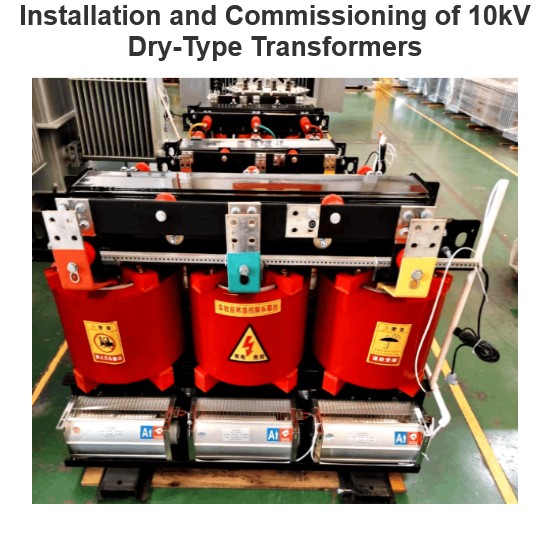What is a type of step-up transformer?
Step-up transformers (Step-up Transformers) are devices used to increase voltage levels and are widely applied in power transmission systems to reduce energy losses during transmission. Depending on various criteria, step-up transformers can be classified into different types. Here are the categories of step-up transformers according to different classification standards:
1. By Number of Phases
Single-phase Step-up Transformer: Suitable for residential or small commercial facilities.
Three-phase Step-up Transformer: Used in industrial and large commercial facilities, as well as in power transmission systems.
Multi-phase Step-up Transformer: May be encountered in special applications, such as avionics equipment.
2. By Cooling Method
Dry-type Step-up Transformer: Oil-free, uses air cooling, suitable for indoor installations.
Oil-immersed Step-up Transformer: Uses insulating oil as the cooling medium, suitable for outdoor or industrial environments.
Water-cooled Step-up Transformer: Used in certain special cases, such as space-limited areas.
3. By Number of Windings
Single-layer Winding Step-up Transformer: Has a simple winding structure.
Multi-layer Winding Step-up Transformer: Can provide higher voltage levels or larger capacities.
4. By Installation Location
Outdoor Step-up Transformer: Designed for outdoor environments, has a higher protection rating.
Indoor Step-up Transformer: For installation inside buildings, typically smaller in size and has lower protection requirements.
5. By Construction Form
Autotransformer Step-up Transformer: Has only one winding, part of which serves as the input and another part as the output, suitable for situations where the voltage levels are close.
Magnetic Coupled Step-up Transformer: Uses two or more windings, transferring energy via magnetic coupling.
LC Isolated Step-up Transformer: Uses a combination of inductors and capacitors to achieve electrical isolation and voltage boosting.
Multi-winding Transformer: Has three or more windings, used for complex voltage regulation needs.
6. By Voltage Level
Step-up Transformers of Various Voltage Levels: For example, 1000kV, 750kV, 500kV, 330kV, 220kV, 110kV, 66kV, 35kV, 20kV, 10kV, 6kV, etc., applicable throughout the entire power transmission network from power plants to end-users.
When selecting an appropriate step-up transformer, factors such as the specific application scenario, load requirements, installation location, and other considerations need to be taken into account. I hope this information is helpful. If you have any other questions or need more detailed explanations, please feel free to ask!
The Electricity Encyclopedia is dedicated to accelerating the dissemination and application of electricity knowledge and adding impetus to the development and innovation of the electricity industry.













